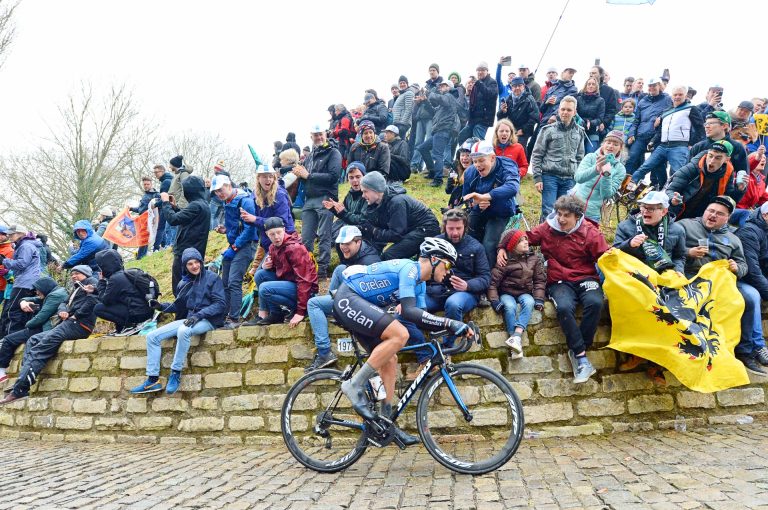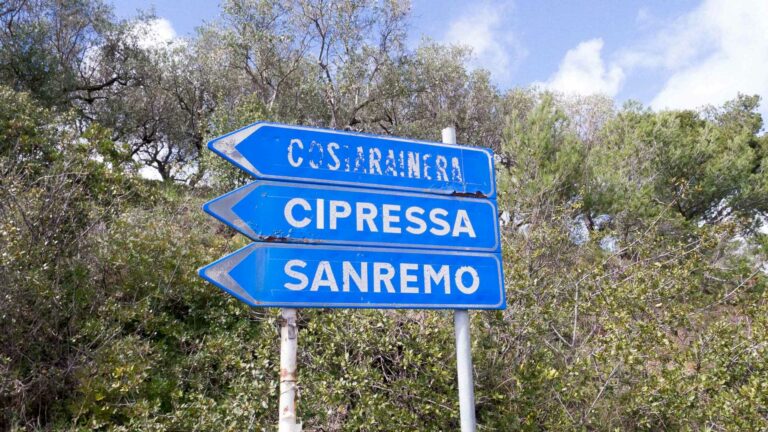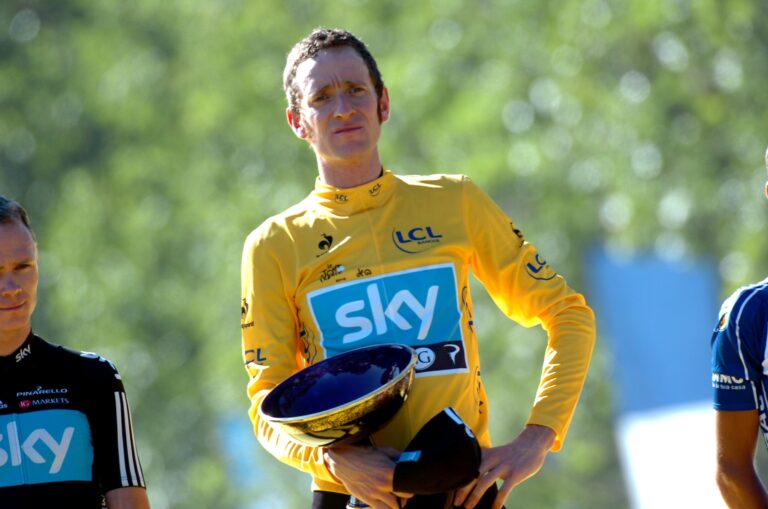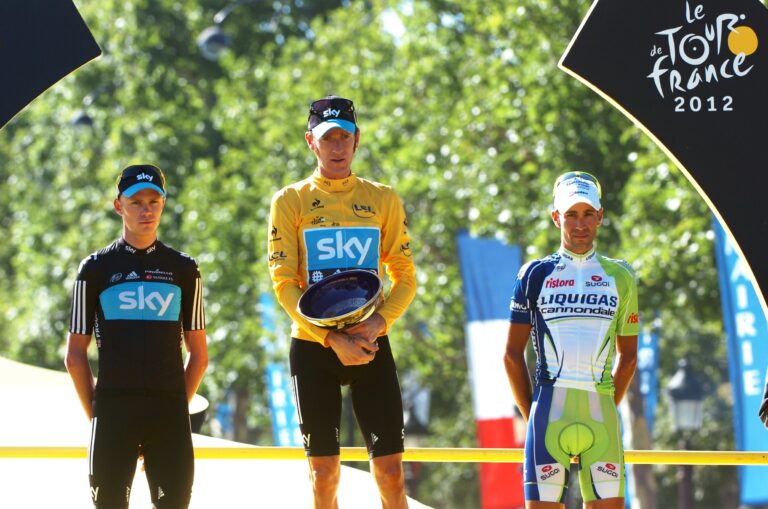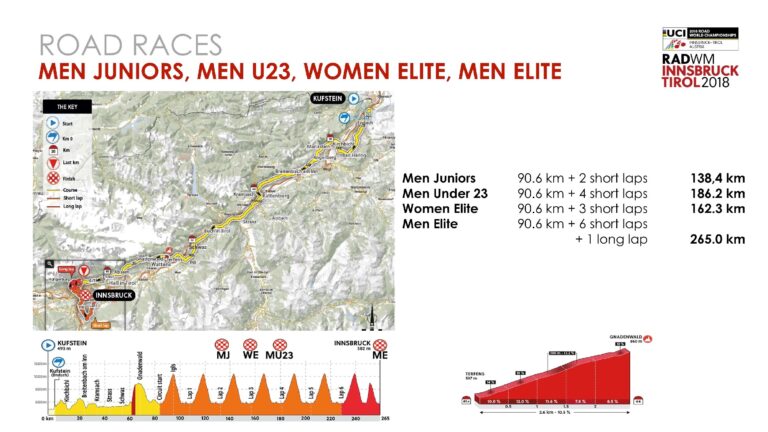Fewer summit finishes will feature in this year’s Vuelta a Espana than last year’s climb-laden epic, but any GC hopefuls will have still have to contend with eight mountain-top finales, organisers have revealed.
Last year’s edition, which was won in dramatic style by veteran American Chris Horner, then of RadioShack-Leopard, featured no less than 12 summit finishes.
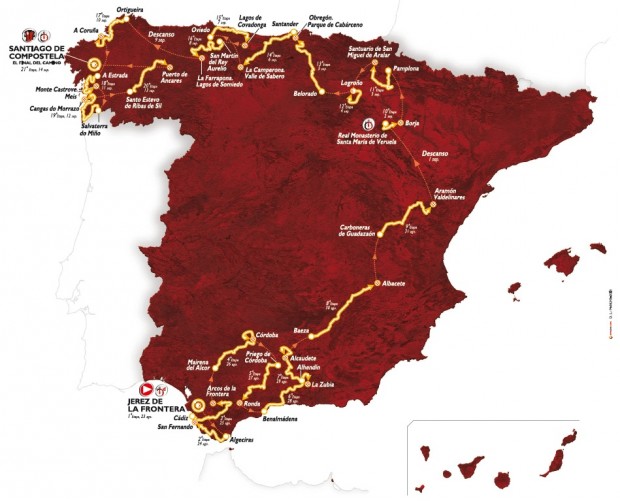
The 69th edition of the race, which starts with a team time trial in Jerez on Saturday August 23, will also not end in Madrid for the first time since 1993 – instead concluding with a 10km time trial in Santiago de Compostela.
Organisers have cut-back as promised on the uphill finales, but intense climbing will still be the major feature of the final Grand Tour of the year.
Climbs of note include the Aralar, an 11km ascent which averages eight per cent gradients but features ramps of up to 17 per cent in the final kilometre.
The stage, which starts in Pamplona, is preceded by a 36km individual time trial in Zaragoza, with the two days therefore set to be crucial for any red jersey contenders.
Consecutive mountain-top finishes on La Camperona, featuring at the Vuelta for the first time, Lagos de Covadonga and Farrapona then end the second week, by which time the GC is expected to be taking shape.
The final week, in Galicia, also features two mountain-top finishes with the Ancares – an eight kilometre climb with punishing gradients between 15 per cent and 17 per cent for much of the climb – concluding the penultimate stage.
Joaquim Rodriguez (Katusha) won on the Ancares in 2012, beating Alberto Contador (Team Saxo-Tinkoff) on the punishing climb, and with the two Spaniards likely to compete again this year both will be in contention for the overall prize if they repeat their success.
Defending champion Horner – who did not attend the route presentation in Cadiz, despite being invited – is still without a team for 2014 and may be unable to defend his title.

With the final day being just a short 10km battle against the clock in Santiago de Compostela, the final destination of the red jersey should be confirmed on the Ancares.
For the sprinters, a flat finish into Albacete – after a likely battle with the crosswinds – and a circuitous stage around Logrono provide opportunities for stage victories.
The stage into Albacete does include a number of early climbs however, and at more than 207km is the longest stage.
Michael Matthews (Orica-GreenEDGE) was a two-time stage winner last year and could feature again should the Australian team choose to pursue similar targets to 2013.
Vuelta a Espana 2014 – route
Saturday August 23: Jerez de la Frontera 12.6km team time trial
Sunday August 24: Algeciras to San Fernando
Monday August 25: Cadiz to Arcos de la Frontera
Tuesday August 26: Mairena del Alcor to Cordoba
Wednesday August 27: Priego de Cordoba to Ronda
Thursday August 28: Benalmadena to La Zubia summit finish
Friday August 29: Alhendin to Alcaudete
Saturday August 30: Baeza to Albacete
Sunday August 31: Carbonera de Guadazaon to Valdelinares summit finish
Monday September 1: Rest day one
Tuesday September 2: Monasterio de Veruela-Borja, Zaragoza 38km individual time trial
Wednesday September 3: Pamplona to San Miguel de Aralar summit finish
Thursday September 4: Logrono to Logrono
Friday September 5: Belorado to Obregon
Saturday September 6: Santander to La Camperona summit finish
Sunday September 7: Oviedo to Lagos de Covadonga summit finish
Monday September 8: San Martin del Rey Aurelio to La Farrapona summit finish
Tuesday September 9: Rest day two
Wednesday September 10: Ortigueira to A Coruna
Thursday September 11: A Estrada to Monte Castrove en Meis summit finish
Friday September 12: Salvaterra de Mino to Cangas de Morrazo
Saturday September 13: Santo Estevo de Riba de Sil to Ancares summit finish
Sunday September 14: Santiago de Compostela 10km individual time trial


